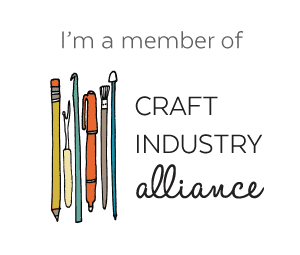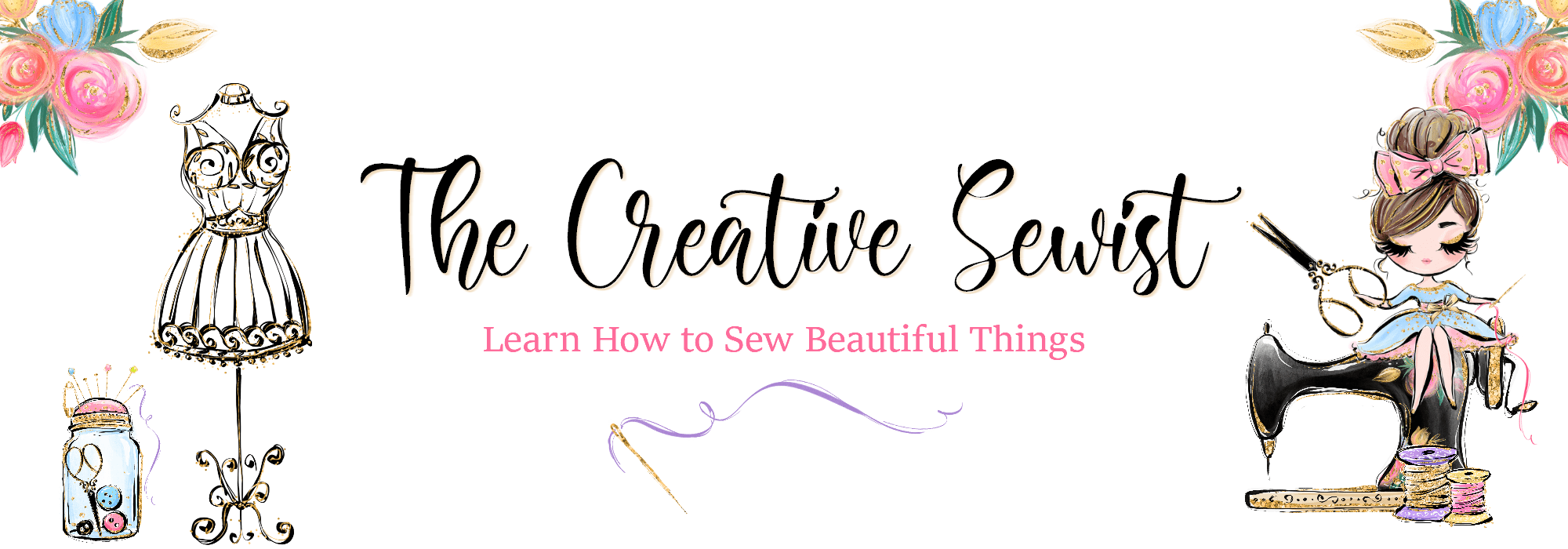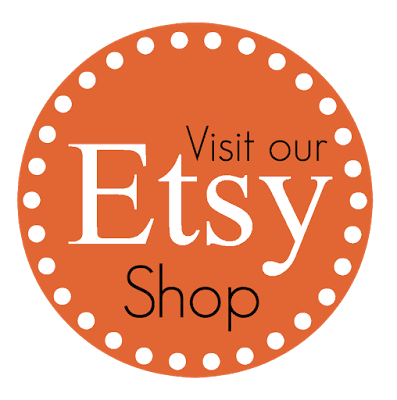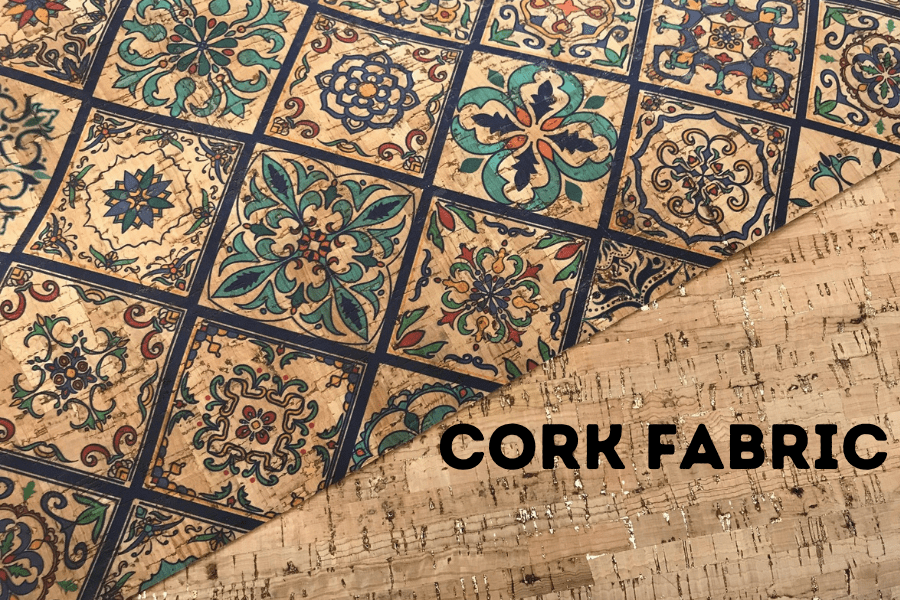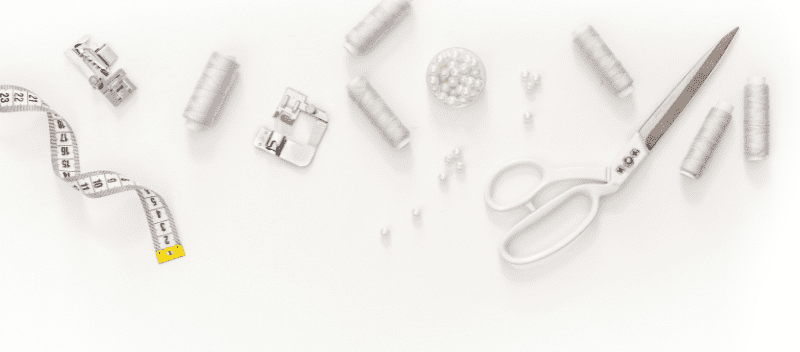Know Thy Customer
One of the biggest hurdles that small business owners face is not knowing and understanding their potential customer base. Where do my potential customers shop and what convinces them to make a purchase? I really need to build my business but how do I attract potential clients to my tiny business? Well, it isn’t always easy to answer these questions, but here are a few suggestions.
Where do my clients shop and how do I capture them?
Advertising your product is not merely a numbers game! You can have over 1,000 viewers, but if all of those viewers are 50-year-old men and you sell women’s jewelry, then you’re pitching to the wrong clientele. In order to optimize your sales, you want to figure out where your type of clients shop so you can capture them. This can seem like a difficult question, but it is an important one, especially for an artist or hobbyist. Identifying the hot spots to sell your items puts you in a better position to turn a looker into a buyer. For instance, if you design items that sell best at arts and crafts shows, then you should research the best shows in a specific area to sell. You can even take this one step further and identify the best locations at the shows and request preferred placement to increase your sales opportunities. While not all festivals will accommodate special requests, some do. If your products, like patterns, sell best as a digital download, then it’s important to identify the best location. Should you sell thru an online platform such as Etsy, or is it better to build and sell thru your own website? In this situation, digital downloads would not sell well at a festival or retail store, so it’s best to stay digital. The biggest complaint I hear from jewelry designers is finding the best location to sell their designs. In most cases, a retail brick and mortar shop works best to generate sales. Why? Because historically speaking, customers prefer to handle and try on jewelry before making a serious purchase. This doesn’t mean that customers won’t make an online purchase, but understanding the science behind shopping helps to increase possible sales.
What motivates a customer to buy a product?
Is your customer purchasing a product they need or want? Traditionally speaking, when customers NEED an item, the product or service tends to be less price sensitive than a product that is a fun WANT purchase. A great example of this is food. Living creatures (including humans) need food to survive. We enjoy, but do not need sweet treats (i.e. candy, cakes, cookies, etc.). Customers often prefer fun purchases, but those items are often the first ones omitted when customers are facing a financial hardship or budget restraint. Recognizing your product’s value allows you to better understand its importance to consumers and its sales potential.
Am I selling a price sensitive item?
Identifying the motivation for a customer to buy your product will shed light as to the price sensitivity of the item. This is a very important point, especially when selling in a saturated market. Take for instance, patterns. I recently did an experiment. I searched for “Pumpkin pattern sewing” on Etsy and received over 10,000 search results.
There was no way I could possibly review every pattern with results like that. I decided to use the filters and search for patterns only within my specified price range. I started with asking for patterns priced between $5-10. This narrowed the results to approximately 3,300. I then filtered by US based shops.
This narrowed my results to 2,200. I still didn’t have to the time to sift through over 2,000 results, so I further refined my search parameters and narrowed the results by asking for patterns within my search parameters that offer free shipping. I now had 325 patterns to review. Finally! This was a manageable number of patterns to review. By utilizing available filters, I immediately eliminated all patterns that do not meet my criteria.
While this may not be what a designer wants to hear, it’s important to understand that this is usually how customers shop. Understanding this and knowing the recommended price range helps designers to solicit a broader customer base.
Is there a better day or time to introduce new products?
Lucky for us business owners, there are several third-parties that offer useful analytics to shed light to our best days and times of sales. As a Paypal business member, I receive monthly reports that provide important details on my monthly sales. Some of the information data shows where my purchases originated by state, what days of the week were the best sales days, and if my customers completed their respective purchases on a desktop or mobile device. This data is very valuable and can be used to refine marketing strategies. For example, I noticed that my greatest number of sales seem to occur on Thursdays and are completed on mobile devices. Knowing this helps me anticipate busy days. It’s also insightful to understand when it may be best for me to launch a sale or product. Most online retail sites such as Etsy offer similar analytics to sellers. It is extremely helpful to review and understand the data on a monthly basis so that revisions can be made on an as needed basis to improve sales.
Knowing and understanding the science behind your customer’s purchases, will provide you with a better understanding of their buying habits and how to better convert window shoppers into buyers.
If you enjoyed this article and/or found it helpful and would like to see more articles like this, please leave a comment below:
CHRISTINE WARREN
Sewing isn’t just my job, it’s my passion. I’ve enjoyed sewing and needle working since I was very young.
